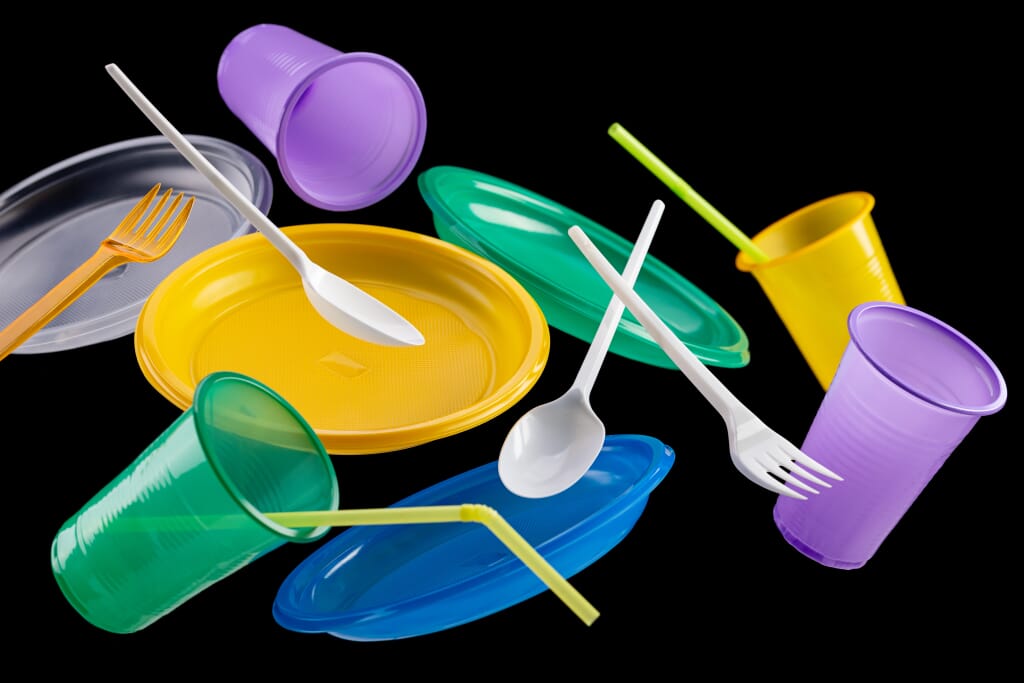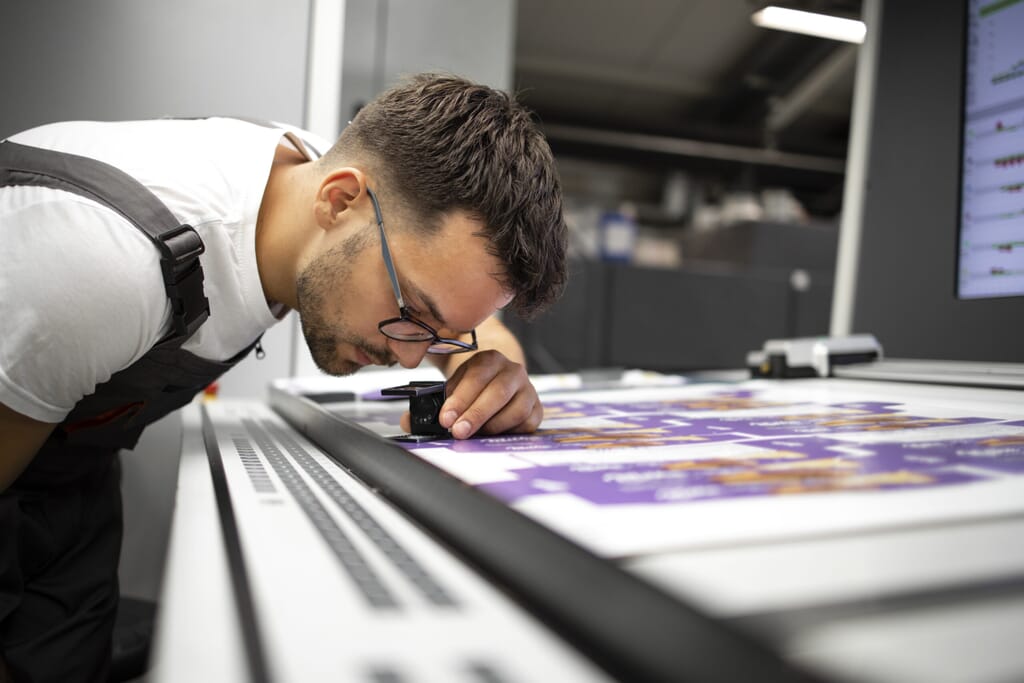Brandscape
Single-use plastics - a time for change

You know how it is, you log onto LinkedIn, and an article pops up in your feed that catches your eye. On this occasion, it was a post from Tim Hortons, the Canadian multinational coffeehouse and restaurant chain. The chain is launching various initiatives to reduce waste, including eliminating plastic cutlery in its Canadian restaurants by introducing wooden and fibre cutlery in early 2023. The wooden cutlery and fibre spoon are both compostable and will eliminate the use of 90 million single-use plastics a year, according to a statement.
Following the initial action, they will replace the plastic lids on its Loaded Bowls with fibre versions, and they plan to introduce a new breakfast and lunch wrapper shortly afterwards. The wrapper design uses 75% less material than the prior wrap box, which the chain estimates will save more than 1,400 tons of material a year.
In addition, Tim Hortons is currently testing a fibre lid for hot beverages, which is plastic-free and recyclable. The test is live in Vancouver and will run for about 12 weeks. They have also teamed up with Return-It, a reusable container company, on a reusable cup pilot program.
But what is driving this need for change?
Paul Yang, senior director of procurement, sustainability, and packaging at Tim Hortons, says, “Through our sustainability platform Tims for Good, we’re always looking for ways, big and small, to make thoughtful choices on material and design to reduce and eliminate packaging and contribute to more sustainable innovation.”
It’s great to see these corporations leading the way, but the real driving force for this is the legislation that came into force at the end of 2022. A law that bans certain harmful single-use plastics is driven by Canadians wanting to end the detrimental impacts of plastic pollution on nature and wildlife.
Effective December 20, 2022, the manufacture and import for sale of the following harmful single-use plastics in Canada will be prohibited:
• checkout bags
• cutlery
• foodservice ware made from or containing problematic plastics that are hard to recycle
• stir sticks
• straws (with some exceptions)
What’s the reaction?
We can agree that this is a hugely positive move, and it’s not easy to see any negative aspects of this story. But what was evident from reading the comments on said post was some commenting contributors’ distrust and questioning of the evidence. Comments ranged from:
“In general, people have the impression that this is more sustainable. But is it? The cutlery and lids can biodegrade, which lowers their impact as they break down over time. But the carbon footprint of fibre and wood is higher than plastic cups and uses more energy to produce.”
“This is another example of an emotional fact-free decision, especially looking at the Life Cycle Analysis. The problem is not the pack material; it’s the disposal and recycling afterwards. This is not dealing with the root cause.”
“So, it replaces nothing…there will still be 90 million plus single-use “packaging” being used. Just because it’s not made from plastics doesn’t mean it’s better for the planet, especially considering other materials used have a higher carbon footprint than the plastic they’re replacing. Our problem is everyone prefers “convenience”, and changes like this are only greenwashing!”
“Reminding all this isn’t a pivot for the Brand, and it’s a demand by the government that has put this ‘optical’ change in place. There could have been other solutions…but the low-hanging fruit in their eyes brings better optics.”
The whole subject of the reduction of single-use plastics and their replacement with more sustainable, eco-friendly options often raises people’s hackles, annoying and aggravating them. But by the same measure receiving “well done” and “about time too, good work” feedback.
What is your take on this?
We know we can’t carry on using single-use plastics and dealing with the fallout of their production and disposal, but what are your thoughts?
Is it time for transparent and honest conversations?
Do we need an impartial A-Political “task force” comprising brands, manufacturers, and councils to lead the conversation?
What is your brand’s experience with the move to a more sustainable approach to packaging?
If you would like us to help you any aspect of your packaging or branding, just drop us a message hello@wowmedesign.com



